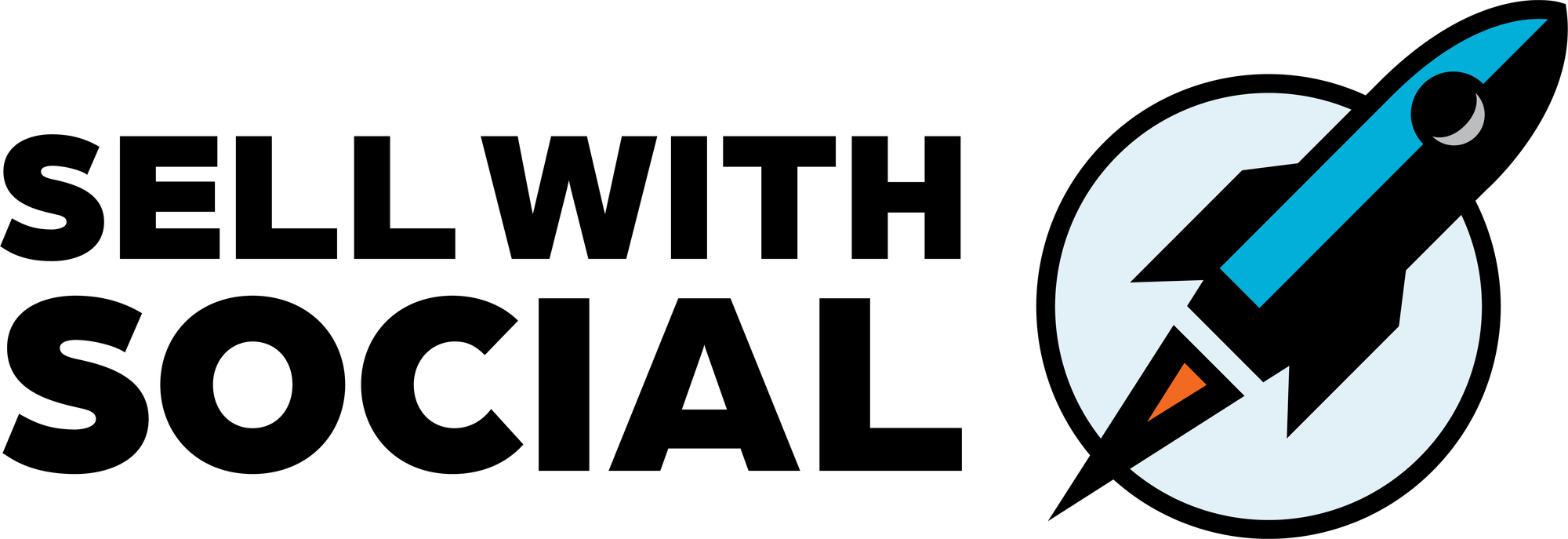First-Time Publisher? How to Start Your Newsletter
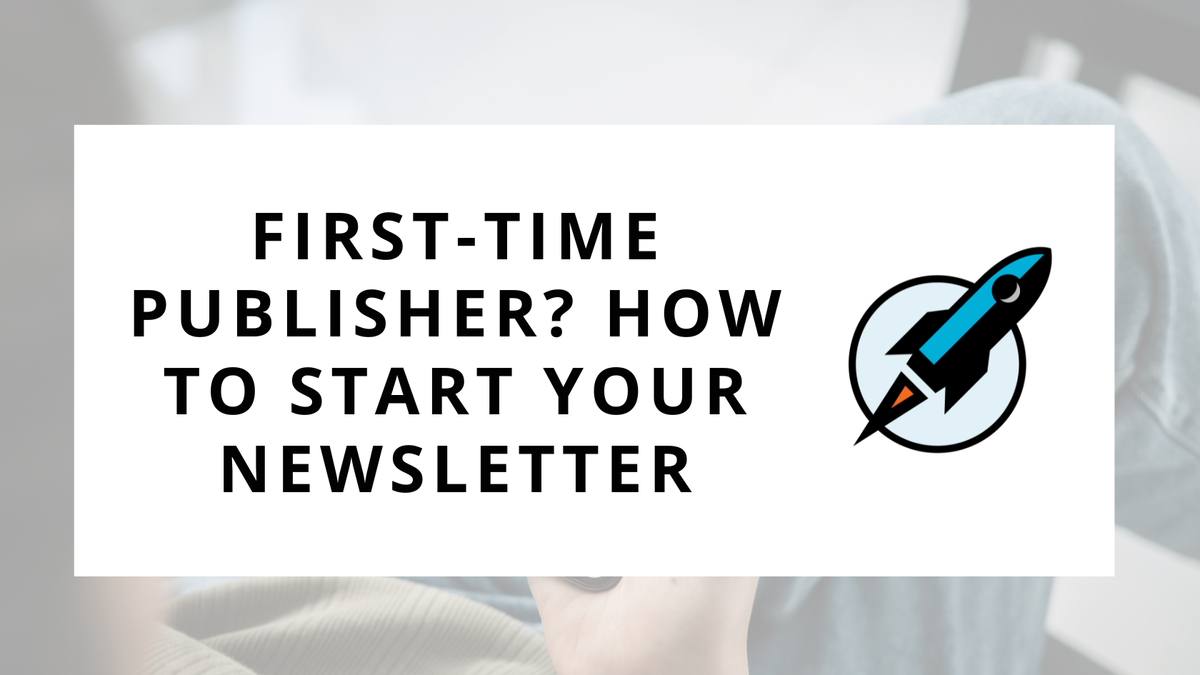
I want to share with you one of the most underrated strategies for your digital growth.
And that’s… email newsletters.
I know what you’re thinking, “James, nobody wants to sign up for more emails.”
But hear me out. Email newsletters have consistently been one of the most effective ways for me to grow my current business, as well as my last firm. Despite inbox overload, people are still hungry for great information relevant to their needs.
And spoiler alert - you’re reading one of my newsletters right now.
So, in this week’s Sell with Social, we’ll explore the journey of starting a newsletter, from its conceptualization to execution, highlighting the benefits, types of newsletters, and the platforms you can utilize to launch your very own publication.
The Power of Newsletters
Newsletters serve as a bridge between casual social media engagement and a more structured, intimate form of communication with your audience. They offer a unique opportunity to capture leads, nurture relationships, and establish yourself as an authority in your field.
Here are three key benefits:
- Lead Generation: A well-crafted newsletter can convert followers into leads by offering exclusive content, insights, or offers, encouraging readers to share their contact information in exchange. They are a transitional call to action that offers a conversion point for your prospects who are interested, but not ready to commit to a sales conversation.
- Building Trust and Authority: Regularly sharing valuable content through newsletters helps build trust with your audience. It positions you as a knowledgeable authority in your niche, someone they can turn to for advice and insight.
- Educating Your Audience: Unlike social media posts, newsletters allow for long-form content that can educate your audience in a more comprehensive manner. This education can range from industry trends, in-depth analyses, tutorials, to personal stories that resonate with your readers.
While some people may be quick to dismiss newsletters as a fad or simply “spammy,” the reality is that a well-executed newsletter can be a powerful tool for content creators.
Types of Newsletters
Understanding the different types of newsletters can help you decide which format best suits your goals and audience preferences.
If you look at the newsletters that you subscribe to, you’ll likely find that there are various types of formats that arrive in your inbox. The most common are:
- Curated Content Lists: A compilation of valuable resources, articles, tools, or products, ideal for readers looking for quick insights and recommendations.
- Long-Form Articles: Deep dives or comprehensive explorations on specific topics, allowing for thorough discussion and engagement with your audience.
- Educational Newsletters: Designed to inform and teach your audience about specific topics through tutorials, guides, and industry best practices.
- Industry News and Updates: Keeps your audience informed about the latest trends, developments, and updates within a specific industry.
- Product Updates and Releases: Focused on new product launches, updates, and features, directly driving interest and sales for your offerings.
- Personal Journals: Shares personal stories, reflections, and experiences, building a deeper, more personal connection with readers.
My strong suggestion when deciding on what type of newsletter you want to publish is to consider what style of writing you prefer.
For instance, long-form articles are perfect for you if you are a strong writer who enjoys diving deep on topics. However, if writing isn’t a strong suit or you prefer to provide quick insights, then curated content lists like a “top 5” newsletter are perfect.
There is no right or wrong type of newsletter; it’s more about what fits you and your audience’s preferences.
Getting Started with Your Newsletter
Ready to get started?
Launching a newsletter might seem daunting, but with a clear strategy and the right tools, it can be a rewarding endeavor. Here's how to get started:
Define Your Niche and Audience
Understanding who you're writing for and what unique value you can offer them is crucial. This clarity will guide your content strategy and help you craft messages that resonate with your readers.
Before getting started, define who your primary audience is, and what value you will deliver to them through the newsletter. The more specific you can be, the stronger your calls to action will encourage people to sign up.
Choose Your Platform
Numerous platforms cater to newsletter creators, each with its own set of features. Popular option platforms include Substack, ConvertKit, Beehiiv, and Ghost. You can also create and send newsletters directly through Linkedin.
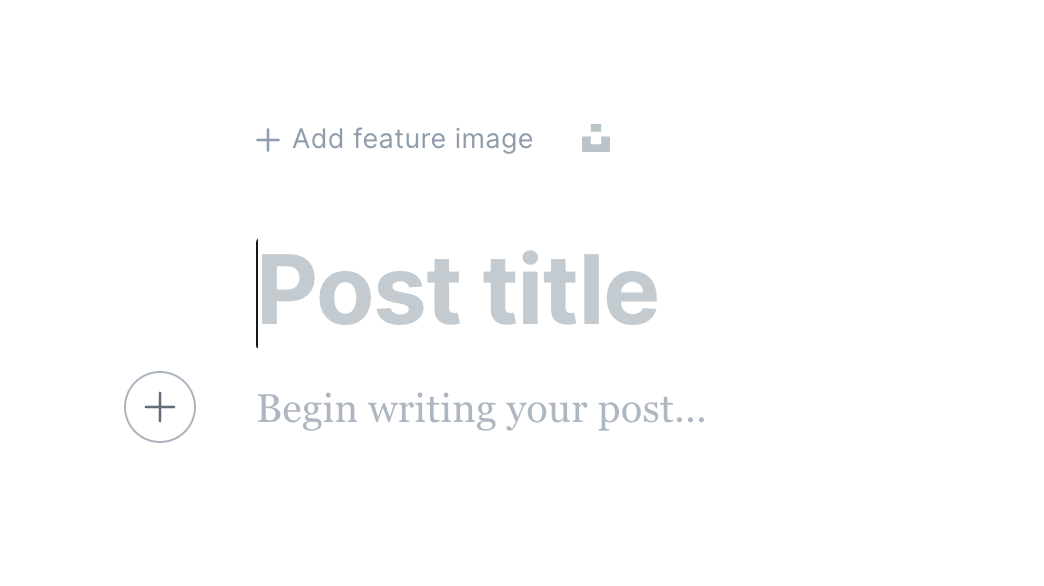
Consider factors like ease of use, customization options, analytics, and pricing when making your choice. My general suggestion is to use Substack if you are looking for a simple “out of the box” option, and then consider Ghost if you want more control over your platform.
Content Planning
Decide on the frequency of your newsletters and plan your content in advance. A content calendar can help you stay organized and ensure a consistent publishing schedule, which is key to building a loyal readership.
Your readers will come to expect your content on a regular basis. For instance, I publish this newsletter, Sell with Social, every Wednesday morning. This consistently helps reinforce my brand with my audience.
Promotion
Utilize your existing social media presence to promote your newsletter. Engage with your audience, tease upcoming content, and highlight the exclusive benefits of subscribing to your newsletter.
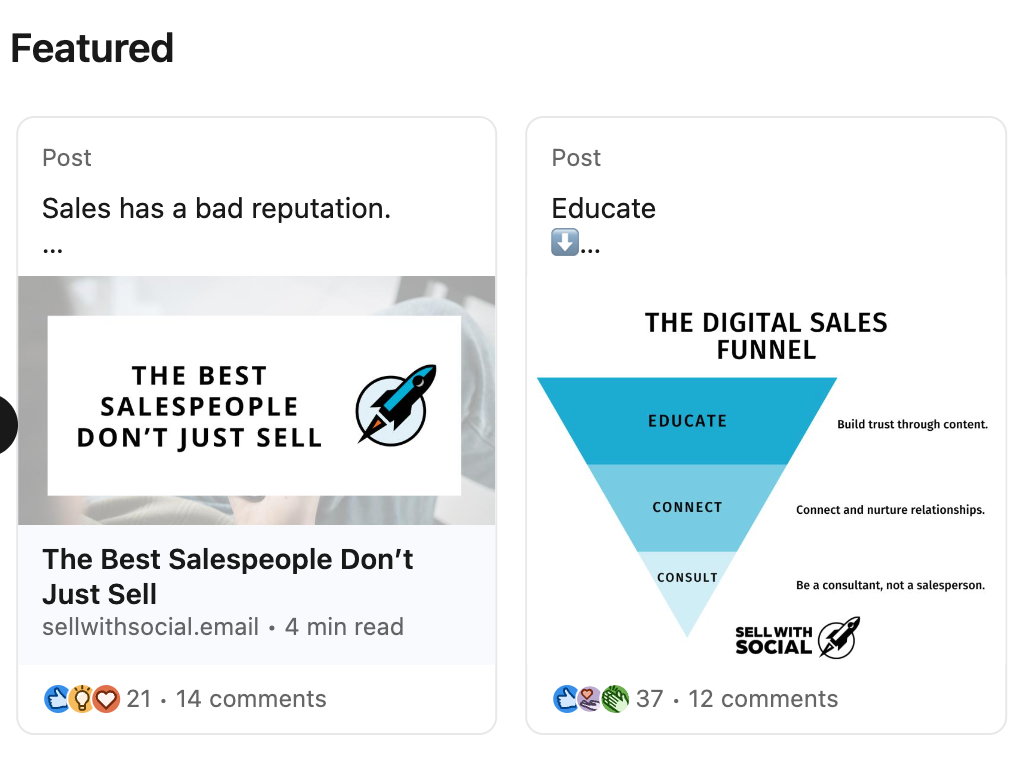
If you’re already an active social seller, you should be sharing links to your newsletter articles and sign-up pages across your social profiles. This is a great way to convert your passive social audience into active leads.
Engage and Iterate
Pay attention to your newsletter's performance metrics, such as open rates and click-through rates. Solicit feedback from your readers and be prepared to iterate on your content and strategy to better meet their needs. Adapt over time.
Conclusion
Starting a newsletter is a strategic move for anyone looking to enhance their digital strategy.
It's not just about lead generation; it's about building a community around your brand, establishing trust, and positioning yourself as an authority.
By choosing the right type of newsletter and leveraging the appropriate platforms, you can create a valuable resource for your audience and a powerful tool for your business or personal brand. Embrace the journey, and watch as your newsletter becomes a cornerstone of your online presence.
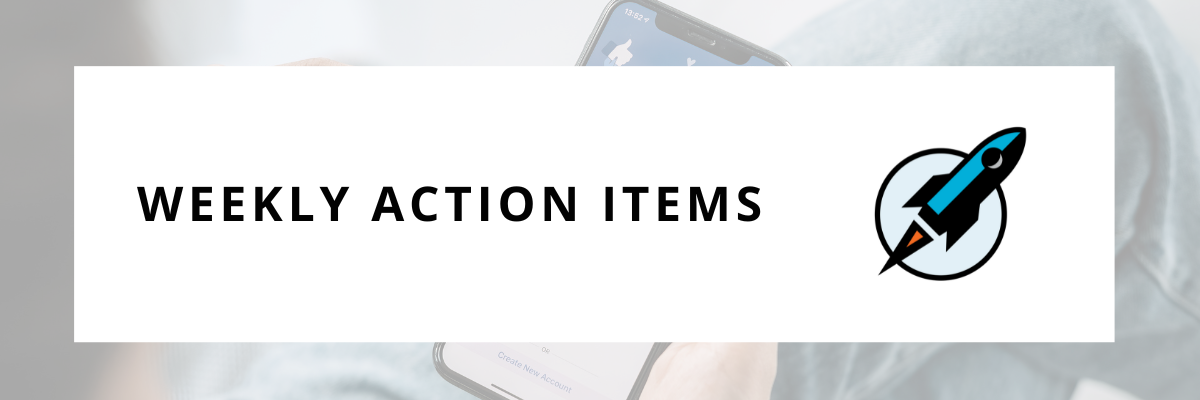
For this week’s action items, I want you to consider if a newsletter is right for you and your digital strategy.
I can personally attest to the fact that newsletters generate business. A monthly newsletter helped me grow our previous web design firm, and this weekly newsletter (you’re reading it now) has helped me grow Roloff Consulting.
If you think a newsletter is right for you, here are three action items you can take this week:
- Identify Your Niche and Audience - Spend 30 minutes jotting down your interests or areas of expertise and the type of audience who would benefit most from your insights.
- Choose and Sign Up for a Newsletter Platform - Research and select a platform to use for your newsletter. Sign up and familiarize yourself with its basic features.
- Outline Your First Newsletter - Draft a simple outline for your first newsletter, including a welcome message and what type of content you plan to share.
